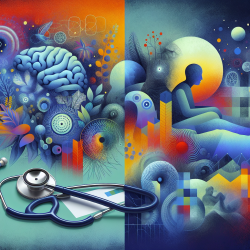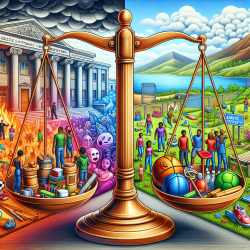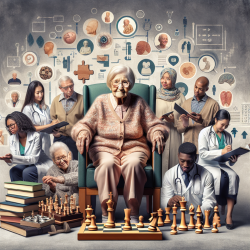The study of sleep-related dissociative states offers significant insights into human consciousness and the treatment of various neuropsychiatric conditions. The research article "Awake or Sleeping? Maybe Both… A Review of Sleep-Related Dissociative States" provides a comprehensive review of these states, classifying them into physiological, pathological, and altered states of consciousness. This article serves as an essential resource for practitioners seeking to enhance their skills and understanding in this area.
Physiological States: Daydreaming, Lucid Dreaming, and False Awakenings
Physiological states such as daydreaming, lucid dreaming, and false awakenings occur naturally in healthy individuals. Practitioners can leverage the understanding of these states to better comprehend patient experiences and mental health conditions. For instance:
- Daydreaming: Understanding the role of daydreaming in mental health can aid in identifying patterns that may indicate depression or anxiety.
- Lucid Dreaming: This state offers potential for mental training and therapy, providing a unique method for practicing skills or confronting fears in a controlled environment.
- False Awakenings: Recognizing this state can help differentiate between normal sleep phenomena and pathological conditions.
Pathological States: Sleep Paralysis, Sleepwalking, and REM Sleep Behavior Disorder
The pathological states identified in the research include sleep paralysis, sleepwalking, and REM sleep behavior disorder. These conditions often require clinical attention:
- Sleep Paralysis: Understanding its cultural interpretations and neurobiological mechanisms can help practitioners provide better patient education and management strategies.
- Sleepwalking: Knowledge of its triggers and treatment options is crucial for ensuring patient safety and improving sleep quality.
- REM Sleep Behavior Disorder: Early identification can facilitate timely intervention for associated neurodegenerative diseases like Parkinson’s disease.
Altered States: Hypnosis, Anesthesia, and Psychedelics
The study also explores altered states induced by external factors such as hypnosis, anesthesia, and psychedelics. These insights have practical applications in therapeutic settings:
- Hypnosis: Utilized effectively for pain management and treating phobias or PTSD.
- Anesthesia: Offers a model for studying consciousness transitions that can inform anesthetic practices.
- Psychedelics: Their therapeutic potential in treating mood disorders is being increasingly recognized.
The research underscores the importance of interdisciplinary collaboration between basic science and clinical practice. By integrating these insights into their work, practitioners can enhance patient care through improved diagnosis, treatment planning, and patient education.
Awake or Sleeping? Maybe Both… A Review of Sleep-Related Dissociative States










